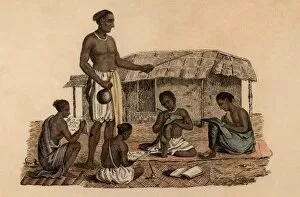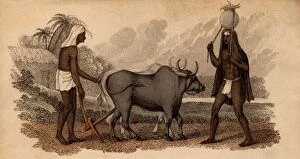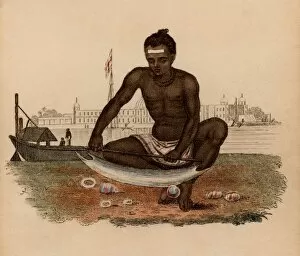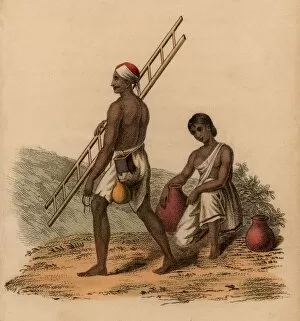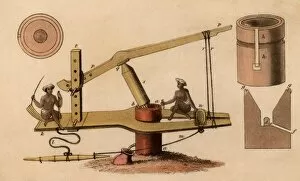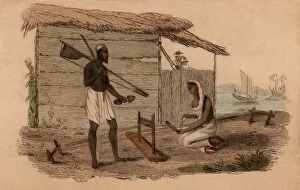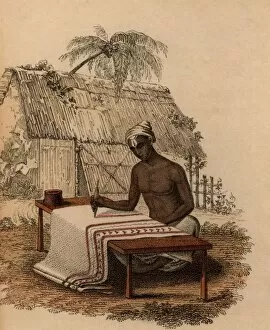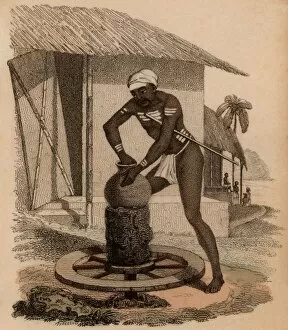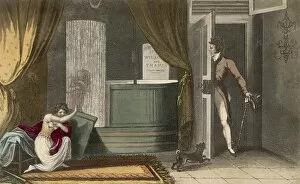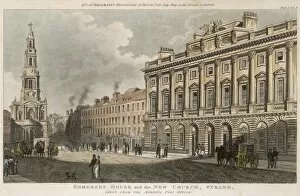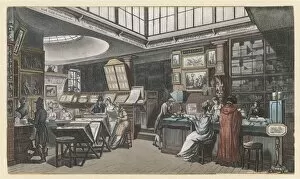Ackermann Collection (#22)
"Exploring the Many Facets of Ackermann: From Oxton House to Woburn Abbey" Step into the world of Ackermann, a name that resonates with history and artistry
For sale as Licensed Images
Choose your image, Select your licence and Download the media
"Exploring the Many Facets of Ackermann: From Oxton House to Woburn Abbey" Step into the world of Ackermann, a name that resonates with history and artistry. Journey back to Devon's picturesque landscapes, where Oxton House stands as a testament to elegance under the watchful eye of Rev. John Beaumont Swete. In 1825, Pynes House in Exeter became another jewel in Ackermann's crown. But it wasn't just grand estates that captured their attention; they also delved into the realm of creativity. Collaborating with renowned composer Giuseppe Verdi, Ackermann showcased their versatility beyond architecture and design. The allure extended further as an English gentleman faced trial in France during the 18th century – a tale shrouded in mystery and intrigue, leaving us wondering about his fate. Ackermann's artistic prowess knew no bounds; from military regalia to lively tavern scenes, they captured moments frozen in time. Three soldiers proudly paraded outside a tavern while an ensign of the Grenadier Guards donned his uniform with pride in 1844. Venturing beyond military life, Westminster Cavalry galloped onto canvas alongside Southwark Cavalry – both embodying strength and valor. Yet amidst all this grandeur lies humor intertwined within everyday situations. Witness a man tumbling off a broken chair at a dinner party or find yourself chuckling at another caught between an unruly parrot and mischievous cat within the confines of a drawing room. And finally, immerse yourself in opulence as you step into the Egyptian Hall at Mansion House for an unforgettable banquet scene – where lavishness meets architectural splendor. Ackermann weaves together tales through artistry and innovation across various realms - from stately homes like Oxton House to collaborations with musical masters like Verdi. Their legacy lives on through captivating depictions ranging from military life to comedic mishaps, leaving us captivated by the rich tapestry they've created.

